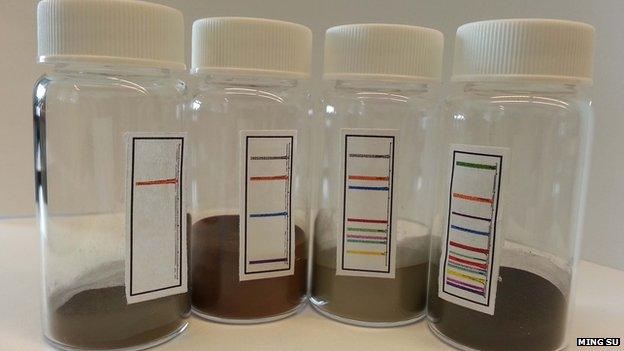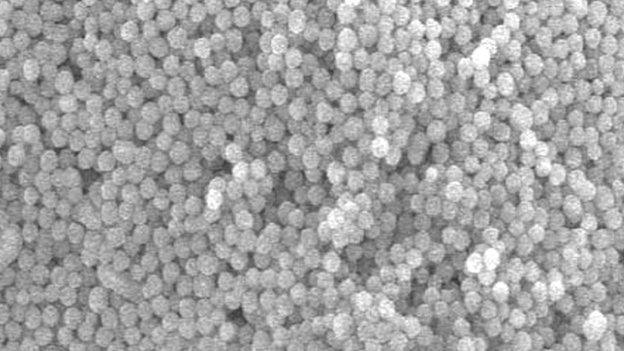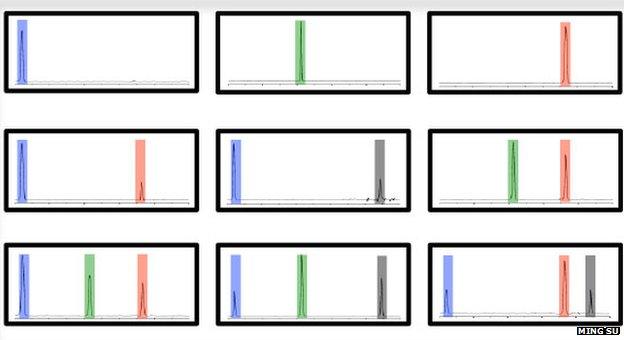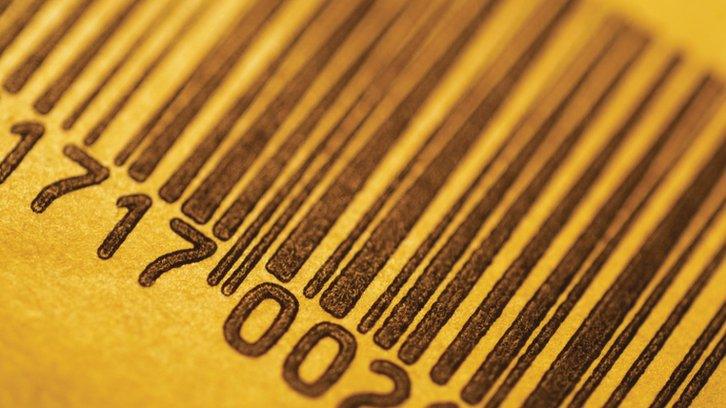Invisible nanoparticle barcode could fight crime
- Published

The team says invisible barcodes could be used to fight crime and counterfeiting
An invisible barcode is being developed to track explosives, medicines and bank notes, scientists report.
A team from the Worcester Polytechnic Institute in the US has found that some nanoparticles have unique characteristics that can be used to mark items.
The researchers say the technique could link objects to their manufacturer, seller or buyer.
The study is published in the journal Scientific Reports.
"Nanoparticles are so small, they can be put into any objects," said Dr Ming Su, who carried out the research.
Using barcodes to mark and trace objects is now used widely by manufacturers.
But the researchers say that covert barcodes could be used to fight crime and reduce counterfeiting.

The nanoparticles can be added during the manufacturing process
The team have found that some nanoparticles can be added to items such as explosives, ink and medicines during the manufacturing process.
Because these particles have a unique melting point that can be detected with scanners, they provide a "thermal" barcode.
Dr Su said: "The nanoparticle does not participate in any chemical reaction, and it will not affect the function of the existing object. The only thing it will do is to provide a thermal signature."
To demonstrate, the team added tiny particles to dinitrotoluene, a precursor to TNT. They found that the unique "tag" could be detected even after the explosive has detonated.
Dr Su said the method could also be used to prevent fraud.

Different nanoparticles have a unique melting point, which provides a thermal barcode
"For instance you can add this to a currency note, and then check whether this currency note is a fake one or a true one," he said.
The researchers said organic nanoparticles could be used in a similar way in medicines for drug authentication.
A company is now looking to further develop the technology, but it is not the only invisible barcode technique being investigated.
Other methods include using fluorescent tags, inscribing tiny marks on objects such as diamonds and DNA barcodes.
Follow Rebecca on Twitter, external
- Published7 October 2012

- Published13 December 2012
